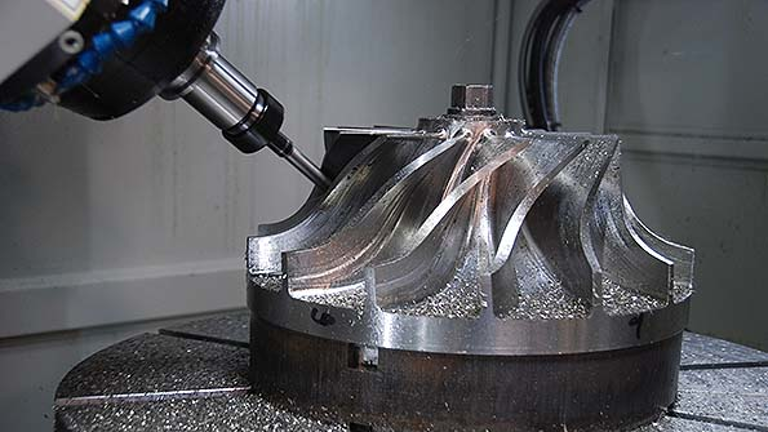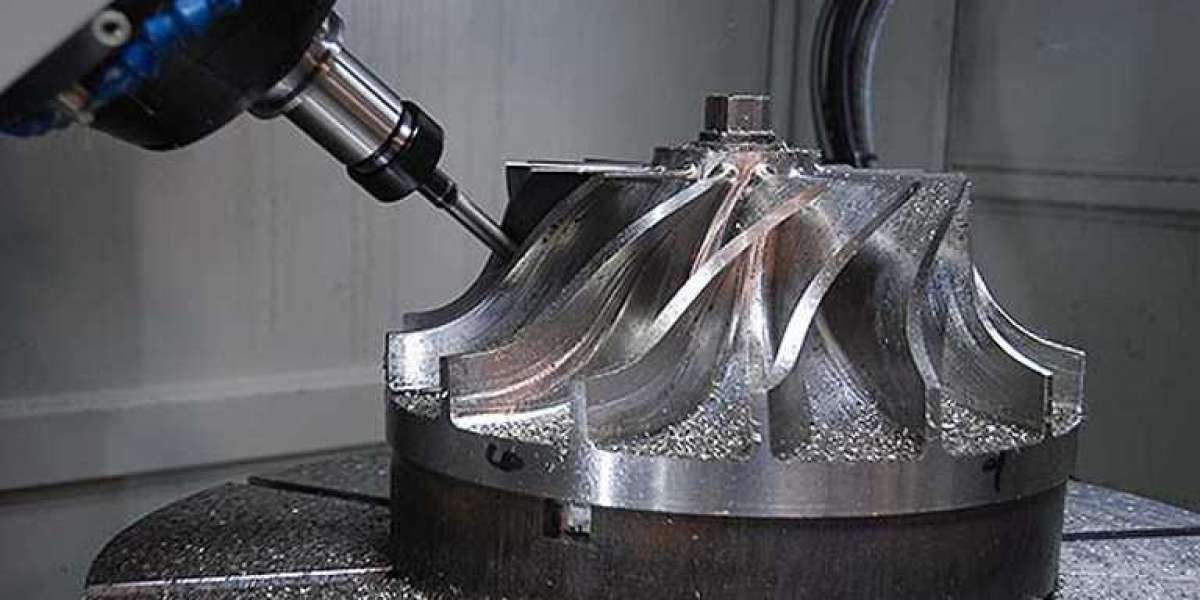A high degree of transparency is present in the film; this property makes it desirable.
Overall, the sulfuric acid oxide film is colorless and translucent, with increased transparency achieved through the use of higher purity aluminum and lower purity sulfuric acid oxide, respectively, and decreased transparency achieved through the use of higher purity aluminum. In part due to the fact that it has no effect on transparency, magnesium is the best alloy element for bright anodizing after polishing.
In order to improve and integrate the industrial supply chain, a number of factors must be considered. These include the following:Construction of an optimal industrial chain is required for the development of a healthy recycling and reuse magnesium processing industry, and government guidance, industry promotion (including research and development), technology development, and standardization construction are all essential components of achieving industrial chain coordination. The process equipment, in addition, is not fully operational, and the majority of the mold design and manufacture is based on aluminum alloy die cast parts-casting, which is a relatively new technology. It is also necessary to raise the professional level of employees to a more acceptable level, aside from the aforementioned issues. In the raw and auxiliary materials manufacturing process, there are several aspects that are archaic, including outdated technology, limited testing zinc die castings methods, a wide variety of raw and auxiliary materials available, and a high level of quality that is inherently unpredictable. To add a footnote, many standards in my country have not been revised for many years after they were first established, resulting in significant halts in the production and sale of goods on the open market.
4) When making a purchasing decision, environmental protection and energy consumption are important factors to consider. As a result of the backward management concept, manufacturing process, and equipment used in many magnesium alloy die-casting plants, a significant amount of harmful gases and dust are produced during the manufacturing process, endangering the health of workers and other employees as well as polluting the environment. Low specialization at the technical, managerial, and organizational levels results in high energy consumption, high rejection rates, and poor quality in the products that are produced.
It is believed that many manufacturers should have discovered the fact that die-cast aluminum does not react well to anodizing treatment when surface treating various series of aluminum materials when surface treating various series of aluminum materials, as it is believed to have happened. A common misconception about zinc alloy die casting supplier-cast aluminum is that it does not react well to anodizing treatment. This is something that many manufacturers should have discovered when surface treating various series of aluminum alloys. These processes are affected by the properties of zinc die castings-cast aluminum, as well as the composition of alloy die casting company-cast aluminum, and the characteristics of die-casting aluminum, among other factors. What is it about custom die casting aluminum, in the first place, that makes it unsuitable for anodizing in the first place, and how can it be remedied?
Anodized films must be uniform and flat throughout in order for them to be effective. To achieve this, the aluminum surface must be free of impurities and the aluminum material must be relatively pure. In order to be effective, anodizing needs to be applied to aluminum surfaces that are free of impurities and made of a relatively pure aluminum material, which is the case for the vast majority of aluminum surfaces. When impurities and other constituents are present in high concentration, the thickness of the film formed during anodization will invariably be reduced, and it may even become impossible to form a film at all when contaminants are present in high concentration. In addition, it's important to keep in mind that the presence of other metal elements during the formation of the anodized film can directly alter the color of the film, effectively eliminating the need for dyeing after anodization.
Aluminum alloys used for casting and China die casting mold casting have a high silicon content, which is true of all aluminum alloys. Aluminum alloys used for casting and die casting have a high silicon content. The anodic oxide film from die-casting aluminum may be dark even when the ht412 special ash remover for China die casting manufacturer-casting aluminum is used, making it difficult to obtain a colorless and transparent oxide film from -casting aluminum. Upon being anodized, the film's color is a light gray that gradually darkens as the film's thickness increases, with the color ranging from light grey to dark gray and finally dark gray. Consequently, cast aluminum alloys cannot be anodized in the traditional manner, which presents a problem for a wide range of industries.
There are, on the other hand, anodizing solutions for die cast aluminum that can be used to protect the metal from corrosion. Especially when die-casting parts are used to complete structures, create angular lines, and improve oxidation quality in a way that would otherwise be difficult to achieve with forging parts, automobile components, or CNC components, it is critical to prioritize quality above all other considerations.



